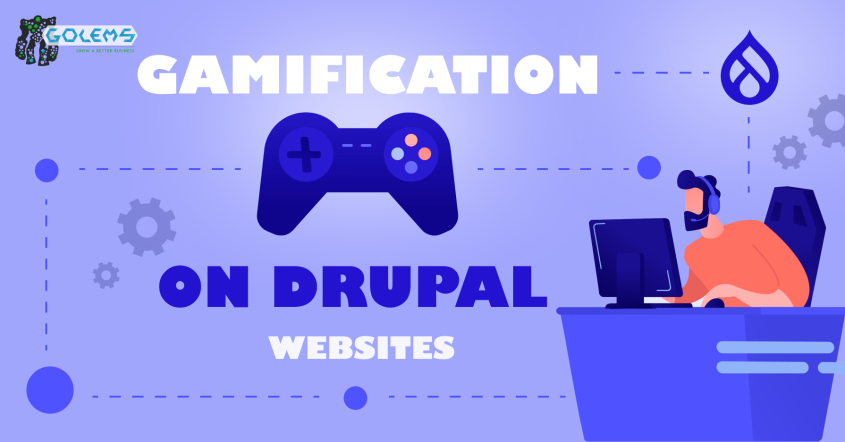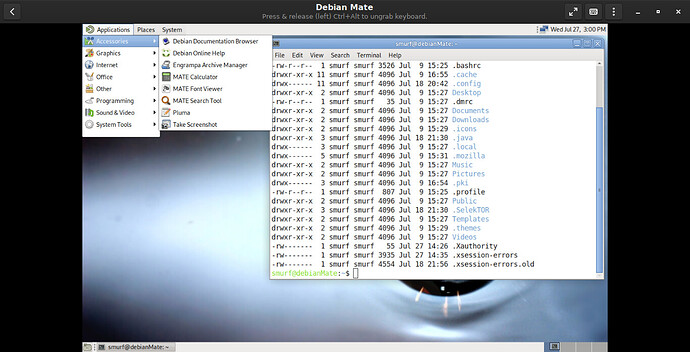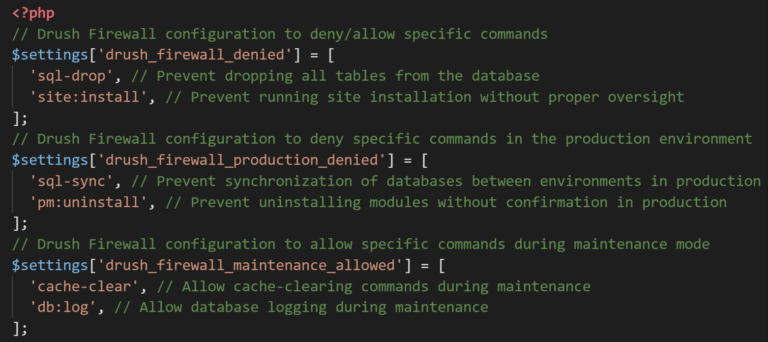
Gamification is the integration of game elements into non-gaming environments like websites to enhance user experiences. Its purpose is to make the user’s experience more fun, motivating, and rewarding. Like Grand Theft Auto: San Andreas, where players explore a big landscape full of problems and prizes, gamification adds excitement and advancement to typical digital platforms.
Drupal provides an excellent setting for incorporating gamification elements because it can adapt to changing needs. Like in the game, developers using Drupal can encourage users with rewards such as badges, points systems, and interactive tasks that create a feeling of accomplishment while also promoting involvement within the community.
This article provides a detailed look into combining gamification with Drupal’s strong features. Grab a coffee, and let’s begin our adventure utilizing Drupal’s gamification.
Importance Of Using Game Elements On Websites
Drupal’s modular design makes it easy to incorporate gamification features seamlessly, and the platform can be scaled up or down depending on project size and complexity. Let us sum up all the things that make it good for gamification.
Implementing Gamification on Drupal Websites
The Gamification module is a framework designed to assist developers in integrating game mechanics into a website. It allows site administrators to set score scales, award systems with badges, different grades, and personal achievements.
Through Gamification, you can reward users with points whenever they take some action or complete an objective on your site. You can also use medals, which are milestones or indications of success that imply that one has been taking steps forward, hence giving him/her credentials towards his/her goals.
Additionally, leaderboards could be integrated to pick out the best players who deliver their best effort so that others may learn from them. In general terms, it helps to change user experience by increasing engagement and retention.
Key Features of Drupal for Gamification Projects
The Goals module allows Drupal website admins to set goals for users or groups and track the progress achieved over time. The system enables the definition of diverse goals or missions that users aim to achieve.
Particular users may have personalized aims, whereas there could be collective ones.
Since individuals would want to access rewards, such goals will serve as good incentives for participation in the website.
In order for this module to help retain user commitment or involvement in site activities and thereby enhance gamification, it must keep track of their progress and provide a forum for feedback on goal completion.
- Flexible content management: Drupal can support many kinds of gamified elements.
- User roles: You can assign privileges to level up and access content.
- Engagement tools: It is simple to implement commenting, forums, and social integrations.
- Tracking: Keep tabs on user interactions without any difficulty.
- API integration: Connect with external gamification platforms like never before.
- Scalability: Drupal guarantees reliability in a high-engagement scenario.
Top Drupal Modules for Gamification
Drupal’s Badge module, on the other hand, focuses primarily on creating and managing badge-based gamification systems. It allows administrators to make tailor-made badges for accomplished tasks or goals reached.
The system also allows for the possibility of customizing a specific set of thematic criteria in relation to visual appearance of the badges.
A user can gauge his/her level of achievement in the community by analyzing a personal profile with regards to earned badges. It increases self-esteem and recognition from other fellow members.
Moreover, this gamification module links up with others like points and leaderboards to provide users with an all-inclusive gaming experience.
To sum up, it is basically a tool that empowers site managers with the option to encourage certain behaviors using a badge-based rewards scheme thereby enhancing audience involvement and commitment.
Gamification
Why is gamification important? The primary reason is motivation: people are always motivated by awards! With elements like scores, badges, rankings, and challenges, user involvement grows. Moreover, it makes people remember you.
For example, many websites utilizing gamified techniques note increased user engagement because these individuals are awarded incentives and will keep coming back for more information. So, with time, loyalty to the platform itself develops.
Many sectors have embraced this strategy, from fitness apps that reward one for completing a workout to educational platforms with quizzes and progress tracking, making learning fun.
Goals
Gamification has a big effect on boosting user participation and interaction in Drupal platforms. It fulfills basic human desires for achievement and progress.
Similar to how players in San Andreas want to dominate missions and reveal fresh territories, users on gamified Drupal websites are motivated by a feeling of achievement and the excitement that comes from moving forward.
For the full potential of Drupal websites, we advise readers to employ gamification modules and methods that match their project goals. So, let’s keep moving forward in web development by using the big power of gamification in Drupal.
Badge
If we are asked why it is worth building an interactive web page using Drupal, we can first say that it is preferred because of its flexibility for contests or award programs. Its strength further ensures stability under harsh situations that are particular to resource sharing among different parts of the country, for example.
Examples of Gamified Drupal Websites
Many Drupal sites have effectively used gamification techniques to engage and retain users. Acquia is a great example of this.
Quizzes or challenges are used here to educate visitors about the abilities and functionalities of Drupal by giving them points or badges that enhance learning while creating a sense of community with Acquia’s services. It also provides a more extensive understanding of the Drupal society.
Another case is Red Hat’s Open Innovation Labs, built on Drupal. It is designed as a collaborative environment where creative solutions emerge. The use of gamification has enabled this. Things like idea submission challenges, peer voting for the best innovators, and leaderboard rankings for each participant encourage people a lot.
This ensures that there is sustained engagement since they feel like part of an organization that supports innovation from within itself.
Gamification For Your Drupal Site: Tips and Tricks
Best practices of Drupal gamification include carefully planned and well-considered experience designs. Here are some practical tips to ensure success:
- Know your audience: Understand your audience’s likes, behavior patterns, and motivations before you apply gamification. By ensuring gamification elements match their interests or objectives (while matching your business area), you can significantly improve engagement levels.
- Set clear goals and objectives: For the success of a gamification strategy, it is important to have specific goals. This clarity will aid in guiding an effective design and implementation process whether the goal is to increase user engagement, drive conversions or foster community participation.
- Keep it simple and intuitive: Gamification mechanics should be simple enough so as not to confuse anyone. The interface must look clean and simple for users to enjoy a seamless experience.
- Give meaningful rewards: Give rewards that have value for the people receiving them. These may take the form of virtual badges, points, discounts, or whatever satisfies their needs and efforts.
- Encourage social interaction: To enable social interaction within a game environment, challenges should be built into it, with leaderboards included. Such features create a sense of belonging that is often reinforced when users compete against each other or share their achievements with peers. This way, they become engaged with your brand by becoming part of its online community.
- Monitor and iterate: Continuously check the performance of your gamification strategy and collect feedback from users. Monitor metrics such as participation, engagement, and reward redemption to find areas for improvement. The data insights and user feedback should be used to iterate on the gamification elements, making them more effective over time.
Conclusion
The great thing is that there are many Drupal modules that make it unproblematic to use gamified elements. There are different things you can try: point systems, achievement badges, and leaderboard functionality. It opens up a world of possibilities for administrators: they can create truly amazing gamification experiences staying focused on the audience, its interests, and needs. Let’s take a look at some of the modules.





